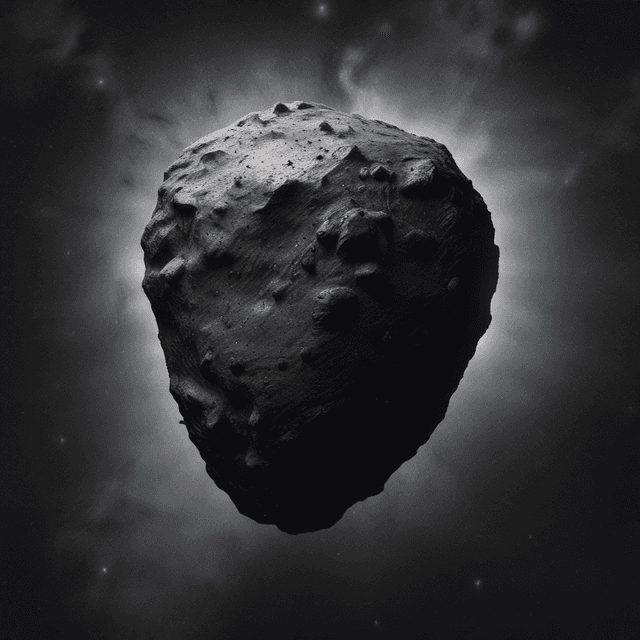
| Type | |
| Vigilance | Governments, companies, and public maintain awareness |
| Composition | Rock, metal |
| Space economy | Asteroid resource extraction and utilization |
| Notable impacts | Mass extinctions, geological/climate changes |
| Threat to Earth | Constant danger of collisions and impacts |
| Monitoring and deflection technologies | Reducing risk of catastrophic collisions |
Asteroids are rocky, metallic, or icy objects that orbit the Sun, ranging in size from mere pebbles to objects hundreds of kilometers wide. These celestial bodies, remnants from the formation of the solar system over 4.5 billion years ago, play a critical role in the geological and biological history of Earth and other planets. While most asteroids remain safely in the asteroid belt between Mars and Jupiter, a small percentage have orbits that cross Earth's path, posing a constant threat of catastrophic collisions.
Throughout Earth's history, major asteroid impacts have caused devastating mass extinction events that wiped out up to 95% of all species. The most infamous was the Cretaceous-Paleogene extinction, which occurred approximately 66 million years ago when a massive asteroid, estimated to be around 10 kilometers in diameter, slammed into the Yucatan Peninsula. This event is widely believed to have been the primary driver of the extinction of the dinosaurs and many other dominant life forms of the time.
Other significant asteroid impacts include the Permian-Triassic extinction 252 million years ago, the Late Devonian extinction 365 million years ago, and the Ordovician-Silurian extinction 443 million years ago. Each of these events fundamentally reshaped the planet's ecology and paved the way for new dominant species to emerge.
Asteroids have also been responsible for creating numerous craters, basins, and other geological features on the surfaces of Earth, the Moon, and other planetary bodies. These impact sites provide valuable insights into the solar system's history and the cosmic forces that have shaped the evolution of life on our planet.
Given the catastrophic potential of asteroid impacts, governments and private organizations around the world have invested heavily in technologies to monitor the skies and mitigate the asteroid threat. Key advancements include:
While no single method is foolproof, the combination of these technologies has greatly reduced the risk of a catastrophic asteroid strike in recent decades. However, the ever-present threat of a low-probability, high-impact event continues to motivate ongoing research and preparedness efforts.
The need to study, track, and potentially exploit asteroids has also given rise to a new, rapidly growing "asteroid economy." Private companies and government agencies now routinely send robotic spacecraft to survey and extract resources from near-Earth asteroids.
Key activities in this emerging sector include:
As the technology and economic models mature, asteroid mining and processing are expected to become increasingly profitable, transforming the space industry and potentially reducing global scarcity of critical resources. This has led to intense international competition and even concerns about the militarization of space as nations and corporations vie for control over the asteroid frontier.
The ever-present threat of asteroid impacts has had a profound influence on human civilization, shaping everything from disaster planning to popular culture. Major effects include:
Ultimately, the need to protect the planet from asteroid threats has been a driving force for scientific and technological progress, international cooperation, and a growing space economy. Yet the spectre of a potentially civilization-ending impact continues to loom over human society, ensuring asteroids remain at the forefront of our collective consciousness.